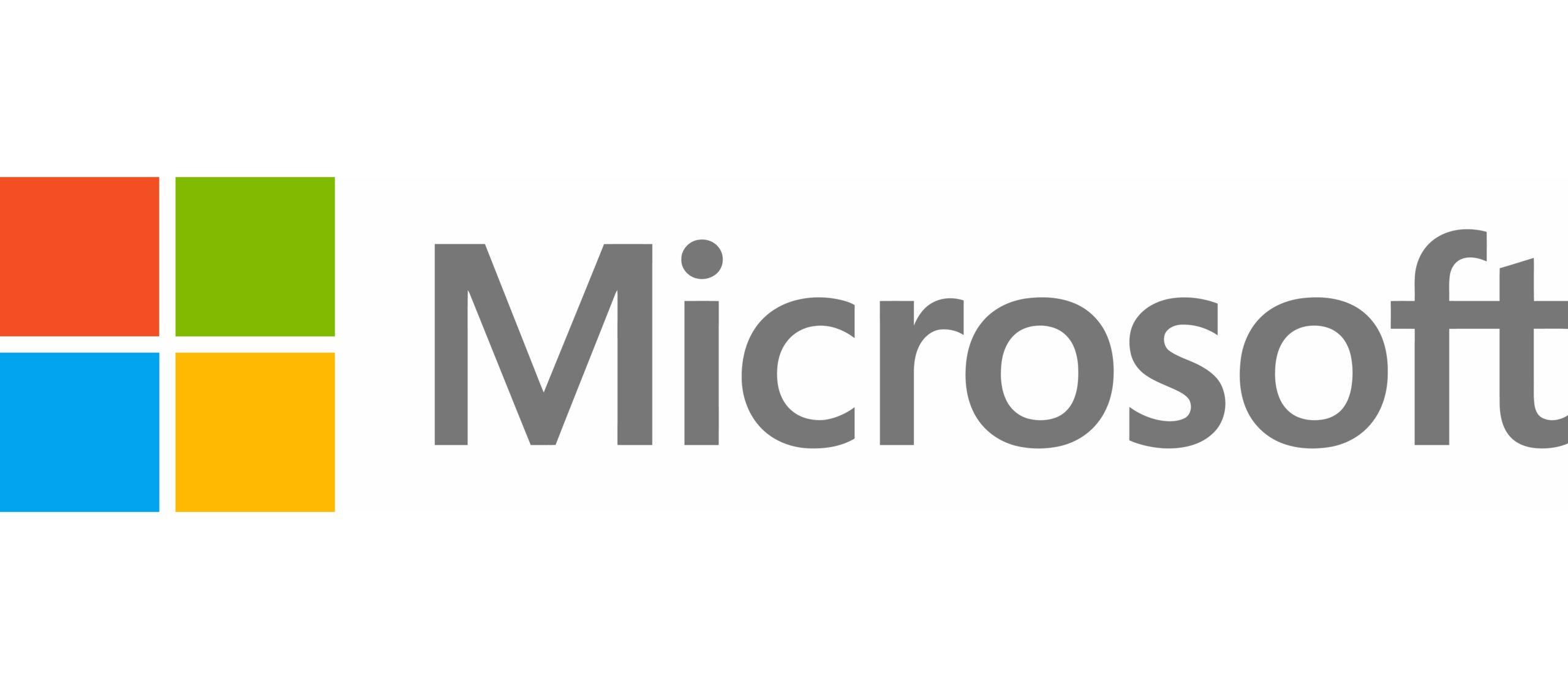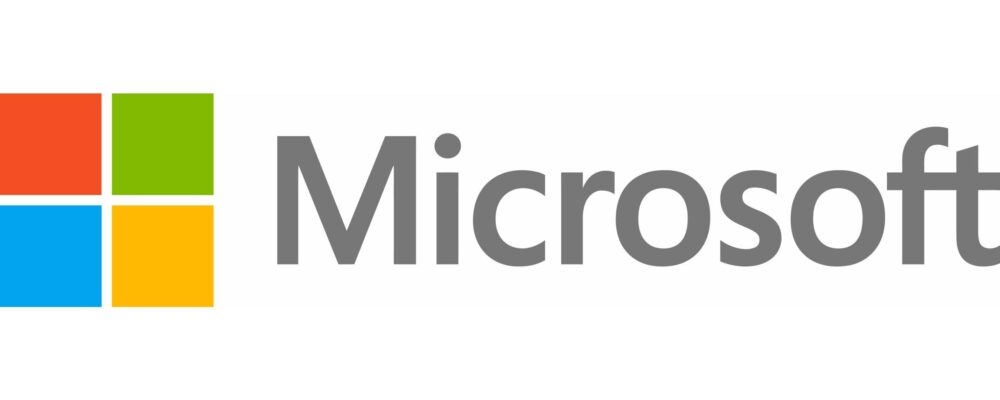In May 2024, we published the 2024 Work Trend Index Annual Report, a joint report from Microsoft and LinkedIn that looked at how AI will reshape work and the labor market broadly. As we reviewed the data, a surprising theme emerged: when it comes to using AI to get work done, employees are outpacing the companies that employ them for AI adoption—bringing their own AI to work and without the training, oversight, and data protection needed to ensure it can be used responsibly and securely. And among small and medium-sized businesses (SMBs), the number of employees engaging in “Bring Your Own AI” (BYOAI) is even higher, so it’s essential that SMB leaders move quickly to develop a vision and a plan for AI at work. Below are some key insights from the Work Trend Index report that can impact small and medium-sized business leaders, as well as the actions you can take to prepare your organization for AI and better leverage its benefits so you can maintain your competitive edge.

Microsoft Copilot for Microsoft 365
Focus on what matters most with Copilot for Microsoft 365 and the power of AI.
Leaders need to catch up with AI implementation
Many SMB workers around the world are already using AI tools. But while SMB leaders agree AI adoption is critical to remain competitive, 61% also say their company lacks a vision and a plan to implement AI. SMB employees are taking things into their own hands and keeping AI use in the workplace under wraps with 80% of SMB employees bringing their own AI tools to work. And yet, 49% are reluctant to admit using AI on their most important tasks. This gap between vision and reality highlights an opportunity for business leaders to build a comprehensive AI strategy for their business—one that results in more time to focus on customers, products, and services.

Small and medium-sized businesses see AI as a competitive advantage
SMB leaders are seeking individuals proficient in AI to fill roles within their companies with over 60% saying they wouldn’t hire someone without AI skills. 79% of SMB employees believe that AI skills will provide them with more job opportunities; providing training and driving AI adoption is key to keeping employees and attracting new talent. Employees and leaders agree—upskilling on AI is key.

Copilot at work: How AI is helping Joos
AI can be a game-changer by helping you and your team save time so you can focus on what matters most to you and your business. An example of AI’s impact in an SMB organization is Joos, a supplier of mobile charging stations based in the UK but with a growing international presence despite its relatively small team. Because Joos’ leaders implemented Copilot for Microsoft 365 and made it available to the entire organization, it quickly helped streamline operational tasks freeing its people up to focus more closely on customers.
“Since integrating Copilot, our customers have benefitted from faster email responses and more personalized interactions, as Copilot enables us to better understand and anticipate our customers’ needs.”
—Jeannette Ikonga, Head of Client Success and Customer Experience at Joos
The path forward for SMB and AI
The opportunity for SMB leaders is to channel employee enthusiasm for AI into business transformation. This plan will look different for each business, but here’s how to get started:
Begin by identifying a business problem and then apply AI. There are efficiency gains to be had across functions—the key is to pick the right process. To make this easier, identify employees who are enthusiastic about AI, form them into a small group, and use them as your AI champions. Once you’ve chosen a process, make sure you can track its impact. For example, if you’re applying it to customer service, track how much faster calls are handled and how that success affects other parts of your operation.
Integrate AI tools across your organization. Use AI within your existing infrastructure to enable it to deliver personalized, relevant, and actionable responses. To best manage policies and practices for data protection and privacy, choose AI tools that can be easily used with existing security measures in your business’ infrastructure. And do a quick privacy audit before rollout begins to make sure your data is labeled properly so only those who should have eyes on a file get access.
Take a top-down, bottom-up approach. Going from experimentation to transformation requires engagement throughout the organization. Because SMB employees tend to have a closer relationship with their leadership, you need to ensure that your plan aligns with the vision you’ve already promoted. It should contain a clear, guided process that everyone can follow to activate AI for their teams and in their everyday work. Your AI champions can be an invaluable help here, promoting your plan, ensuring that deployments go smoothly, and encouraging employees to develop their AI aptitude so they can eventually use AI more creatively. You’ll want to widely deploy AI across functions and various roles so employees can share insights and learn from each other.
Lastly, prioritize training. Even AI power users can’t do it on their own—they need to receive ongoing training, both on universal tasks and on uses more tailored to their role and function. There are plenty of AI training and implementation resources readily available online that can help SMBs work successfully with AI. For instance, the AI courses in LinkedIn Learning and the Copilot Scenario Library, which contains guided examples on how to use AI in specific workflows. But online training is only half the battle. Group training is also essential. SMBs have an advantage here because these discussions can cover AI’s effects across large swaths of the business. They will also help you identify those enthusiastic employees you’ll be turning into your AI champions.
Get started with AI
Microsoft is a technology company, a small local company, with few employees, no offices, and almost making no profit… >>
Please visit the firm link to site



